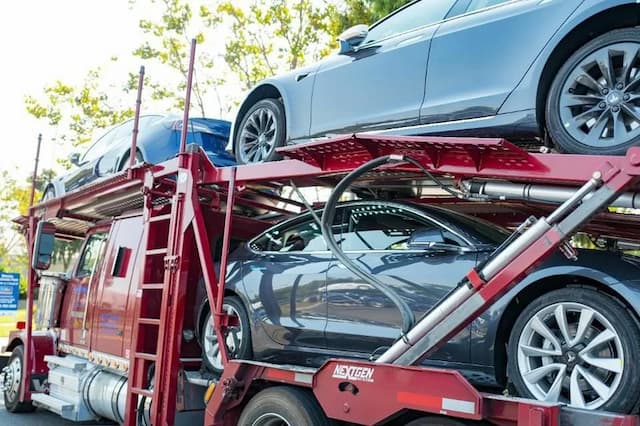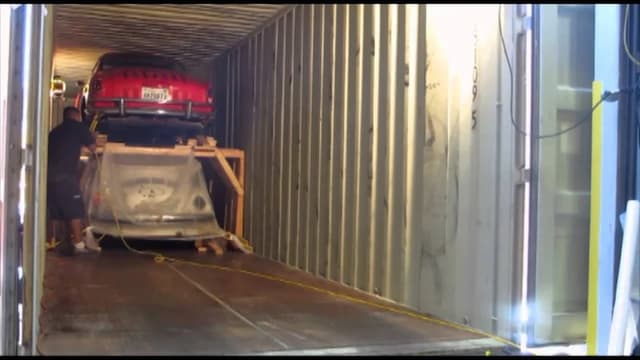Navigating Car Transport in Philadelphia, PA
When it comes to shipping your car in Pennsylvania, there's a world of factors to consider. Pennsylvania, with its variable seasons, diverse terrain from plains to mountains, and busy urban centers like Philadelphia, presents a distinct set of circumstances for vehicle transportation. But don't worry! Here at CitizenShipper, we are committed to helping you navigate through it all. Whether you're moving into or out of Philadelphia or need to transport your car for any reason, our expert team is here to help.
Pennsylvania's Vehicle Transportation Laws & Regulations
In Pennsylvania, car transportation laws and regulations are in place to ensure the safety and preservation of all vehicles and public roadways. Auto transporters must adhere to the Federal Motor Carrier Safety Administration (FMCSA) regulations for safety. Compliance involves ensuring that all vehicles are properly secured during transport and maintaining necessary documents for every shipped vehicle.
All auto transporters operating in Pennsylvania must also possess an active MC Docket number, issued by the FMCSA. This number signifies that a transportation company is registered under the federal government, allowing them to legally operate across state lines. Additionally, Pennsylvania has specific weight and size restrictions for commercial vehicles that transporters must comply with, especially when navigating the state's many bridges and tunnels.
Weather & Terrain Considerations in Philadelphia, PA
Weather patterns in Philadelphia, PA have a significant impact on car shipping. The city experiences four distinct seasons, with hot, humid summers and cold winters that often bring snow and ice. Winter storms can significantly delay transport schedules from December through March, while summer thunderstorms may cause temporary disruptions during the warmer months.
Philadelphia's urban landscape, combined with Pennsylvania's varied terrain—from the flat areas around Philadelphia to the Appalachian Mountains in the central part of the state—can present shipping challenges. The city's narrow streets, historical districts with restricted access, and heavy traffic patterns require experienced car shipping services who know how to navigate urban environments. It's beneficial to plan ahead and account for possible delays, particularly during rush hours or when severe weather is forecasted.








